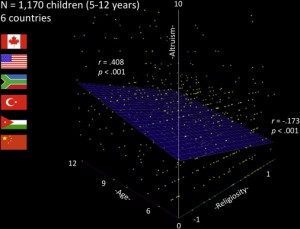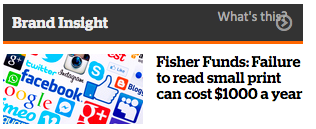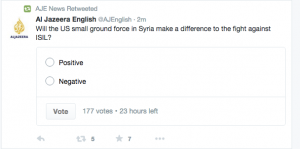To each according to his needs
There’s a fairly overblown story in the Guardian about religion and altruism
“Overall, our findings … contradict the commonsense and popular assumption that children from religious households are more altruistic and kind towards others,” said the authors of The Negative Association Between Religiousness and Children’s Altruism Across the World, published this week in Current Biology.
“More generally, they call into question whether religion is vital for moral development, supporting the idea that secularisation of moral discourse will not reduce human kindness – in fact, it will do just the opposite.”
The research found that kindergarten (update: and primary school) children from religious families scored lower on an altruism test (a version of the Dictator game). Given ten stickers, non-religious children would give about one more away on average than religious children.
While it’s obviously true that this sort of simple moral behaviour doesn’t require religion, the cause-and-effect conclusion the story is trying to draw is stronger than the data. I’m pretty confident the people quoted approvingly wouldn’t have been as convinced by the same sort of research if it had found the opposite result.
The research does provide convincing evidence on another point, though: three-dimensional graphics are a Bad Idea.



Recent comments